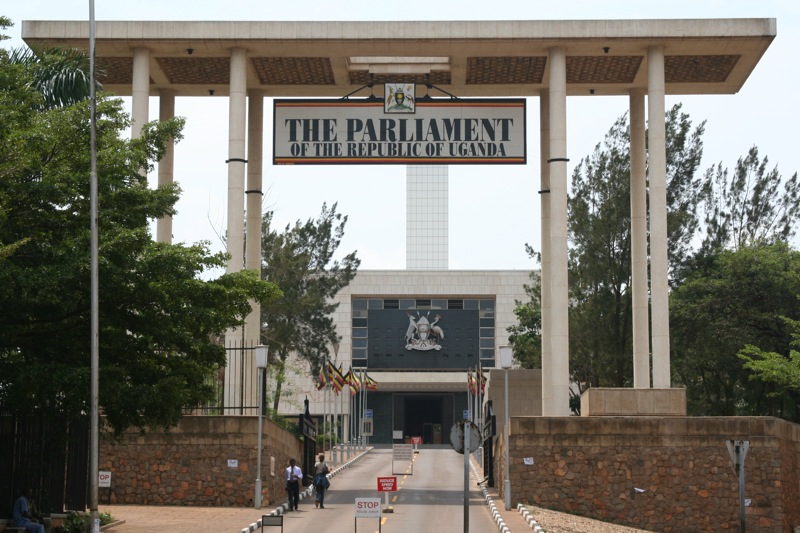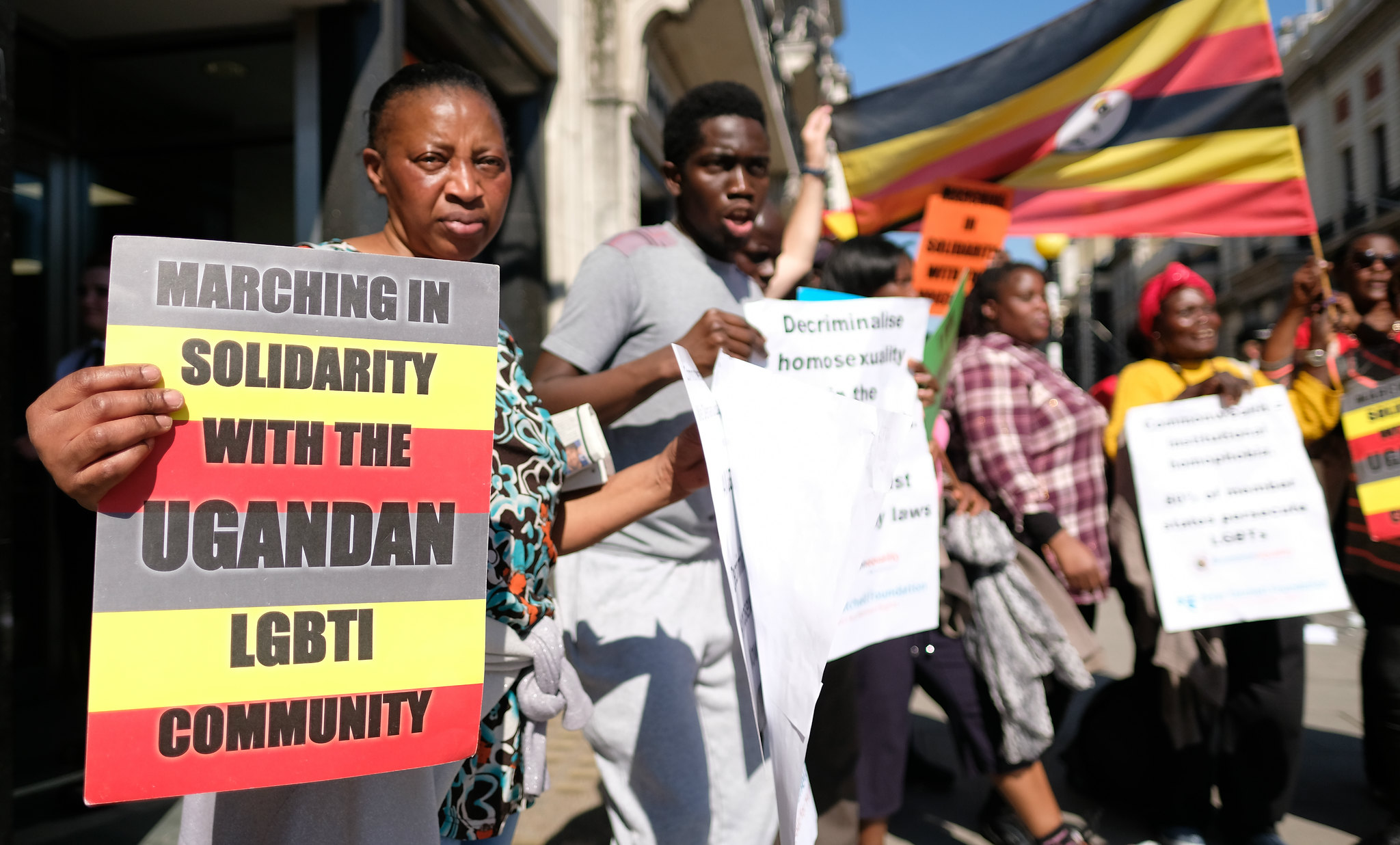Climate change has combined with the government’s heavy-handed development campaign to send an entire region into the worst hunger crisis in its recent history, writes Ponsiano Bimeny.
Since 2020, over 2,500 lives have been lost due to hunger and over half a million more are threatened with starvation in north-eastern Uganda. This crisis is the culmination of years of sustained government failure on local disarmament and ineffective development interventions in the region that have prioritised extractive industries and land grabbing and missed the opportunity to build local capacity to better cope with cyclical crisis.
The understanding of ‘resilience’ used by scholars and development organisations differs from how local people understand the term. The result is that resilience-based interventions in the region are neutralising or dismantling local support structures rather than boosting people’s resilience to changes in their socioeconomic and cultural ways of life.
In Karamoja
Karamoja is a region of 1.2 million people in Uganda’s north-eastern borderland with South Sudan and Kenya. It is predominantly occupied by various Karamojong people who have traditionally been nomadic, moving with their livestock as the seasons dictate. Karamoja’s environment is known for its harsh conditions which inevitably leads to periodic losses of livestock due to drought or disease.
Historically, cattle raiding has been part of the pastoralists’ culture. Karamojong have raided neighbouring Karamojong, as well as other communities across their borders, to restock their herds.
The civil wars in Uganda during the 1970s and 1980s drastically increased the number of automatic weapons in the region. This turned what had been relatively low-intensity cattle raids into a major security problem. A period of government-enforced disarmament followed between 2006-2011. Now unable to protect themselves, the Karamojong reportedly lost over 90 per cent of their livestock to a combination of diseases, distressed sales, and raids by armed neighbours from Northern Kenya, Southwestern Ethiopia and South-eastern South Sudan.
Following the conclusion of the disarmament campaign in 2011, the resilience concept became the driving paradigm for humanitarian-development interventions in the region. The resilience concept is usually understood by development actors as an ability to absorb external shock. Resilience also implies a capacity to maintain system functionality during periods of stress and rapid change.
Local resilience
People who survive conflicts in Karamoja do so because they appreciated individual or group characteristics, or understood local environmental factors.
These behaviours and environmental factors have names in their vernacular, figure in their customs and are communicated through stories, performances, or sayings. These include concepts such as apalago (vulnerability) – noting the changing landscape, meanings, and experience of vulnerability; ‘kiwa ekile’ (hide the man) – a notion and preference for survival of collectives over individual survival; ‘ngimaaniko lu apolok’ (identified with fat and healthy cattle) and ‘ata lookoroi’ (mere chicken men) – denoting shifting identity and masculinity; and ‘ngulu eya ngikial’ (those with teeth) and echuet (the art of brewing) – changing class dynamics driven mainly by development interventions. These local concepts, norms, and practices have not been incorporated into interventions by the government or development organisations.
The triple tragedy: flooding, drought, and disarmament
Flash-flooding in 2020 was subsequently followed by prolonged drought in 2021, events the region has had experience coping with. But in August 2022 more than 2,465 people died in the region, most of them children and the elderly. Another 518,000 were in urgent need of food aid; 91,000 children, and 95,000 pregnant and lactating women were projected to be acutely malnourished between February 2022-January 2023.
These were numbers never seen before. Karamojong were increasingly struggling to cope despite decades of increased humanitarian and development interventions. Communities have lost their safety net of livestock products due to the large-scale loss of livestock to cross-border raids by groups who had not been disarmed. Resilience-based interventions are currently working against community resilience and increasing their vulnerability to shocks.
Lunacy or resilience?
There is a small section of Karamojong who have found ingenious ways to resist and cope with the flaws of development interventions targeting their ways of life. They have reverted to their tried and tested coping mechanism of cattle raiding. These are so-called ‘reformed warriors’ who had been trained by local government defence units and have disserted with their guns and uniform. They have joined with the ata lonetias (a local reference for hooligans/thieves) to form the new cattle raiding group.
Lonetia that initially began as petty theft of one or two animals and household items has developed into groups carrying out raids armed with the skills and weapons of military deserters. The fundamental difference between previous and recent raids is in the role of kiwa ekile where raiders have cut loose the communal structure that enforced kiwa ekile. Kiwa ekile (literally translated as ‘hide the man’), a concept that forms a vital part of Karamojong coping strategies before disarmament and which ensures that raid-related intelligence is kept secret at all costs by all members of a community. There is also a new element of commercialisation to recent raids where raided animals are sold quickly at below the market rates destabilising the local cattle markets.
To justify heavy-handed military responses to the armed raids, the government has blamed the Karamojong for “refusing to change their ways of life”. Some development actors have attributed the current hunger crisis in the region to the combination of climate change, conflict, rising food costs, covid-19 and limited resources. Communities, on the other hand, blame insufficient or ill-implemented interventions by the government security forces for their resort to their tried and tested pre-disarmament mode of ensuring security and survival.
The crisis epitomises years of sustained failures by development and government interventions in the region and a missed opportunity to build the capacity of the local population to better cope with cyclical crisis. The answer for building and improving communities’ resilience has always been with local populations, communicated in their vernacular, cultural performances, and symbols. Yet rather than working with and to enhance communities coping, interventions have only worked against these aspects of communities that made them resilient to fundamental changes to their sociocultural, economic and livelihood strategies.
Photo credit: Ponsiano Bimeny





